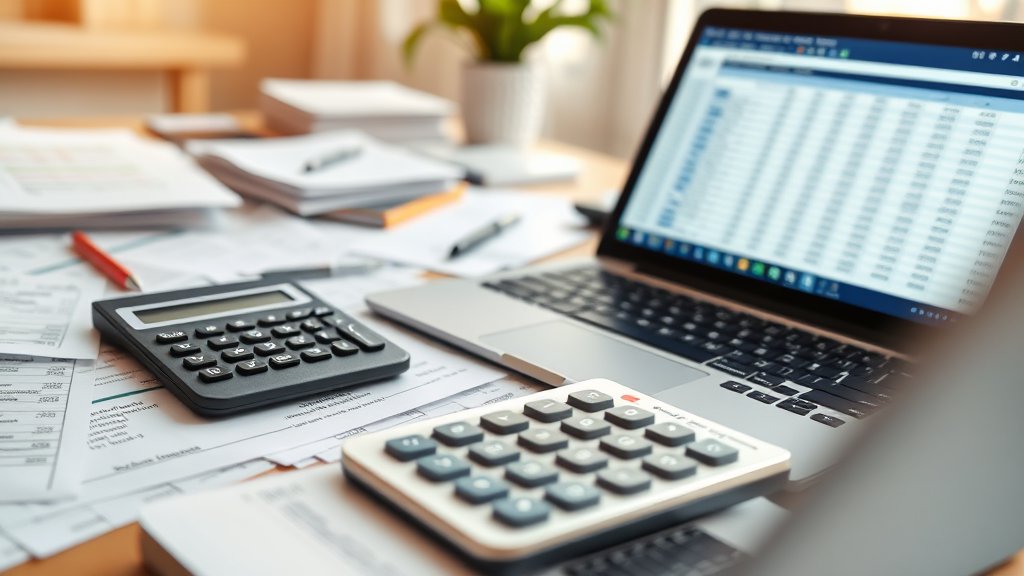Dealing with taxes can be a real headache. But understanding VAT (Value Added Tax), especially in the Netherlands, doesn’t have to be. This guide will break down everything you need to know about VAT rates, daily transactions, and how to calculate VAT on your purchases. Plus, there are tips for businesses on keeping track of VAT and filing returns.
Reduced and standard rates explained
In the Netherlands, VAT comes in two main flavors: standard and reduced rates. The standard rate is set at 21%, which applies to most goods and services. Then there’s the reduced rate of 9%, which is usually for essentials like food, books, and medicines. Knowing these rates is crucial whether you’re buying a new gadget or just grabbing a coffee.
It’s interesting how these rates affect everyday life. Imagine buying a pair of shoes for €100. The price includes 21% VAT. Now, if you’re curious about how much of that price is actually tax, there’s a simple formula we’ll get into later. It’s not rocket science, promise.
Daily transactions and vat
Every purchase you make includes VAT, whether you realize it or not. From your morning coffee to the weekly grocery run, it’s all taxed. And it’s not just about paying more; understanding VAT helps in realizing where your money goes.
Take coffee, for example. You might think that cup costs €3, but part of that is going straight to the taxman. It’s fascinating how prices are structured to include this tax without us even blinking an eye. This subtle addition makes a big difference when you add up all those small transactions over time.
How to calculate vat on purchases
Calculating VAT from a total amount might seem like math class all over again, but it’s pretty straightforward once you get the hang of it. For a 21% VAT rate, you can use the formula: VAT amount = (total amount including VAT / 121) * 21. Sounds fancy? Let’s break it down with an example.
Let’s say you bought something for €121 (including 21% VAT). To find out how much of that is tax, you’d do this: €121 / 121 * 21 = €21. This process is also commonly referred to as btw terugrekenen. So, €21 of your purchase was VAT. Easy peasy, right? And for items with a 9% VAT rate, just switch the numbers around: VAT amount = (total amount including VAT / 109) * 9.
Keeping track of vat for your business
If you’re running a business in the Netherlands, keeping track of VAT can feel like juggling flaming swords. Every sale involves collecting VAT from customers and then handing it over to the tax authorities. It’s crucial to keep accurate records of all transactions to avoid any nasty surprises during tax season.
Using software can help automate this process, making it less of a chore. Many accounting tools offer features specifically designed to handle VAT calculations and reports. Staying organized not only keeps you compliant but also provides peace of mind knowing you’re on top of your finances.
Tips for filing your vat return
When it’s time to file your VAT return, preparation is key. Gather all your invoices and receipts, and make sure everything adds up correctly. Double-checking your numbers can save you from potential penalties or having to make corrections later on.
Another pro tip is to file your return well before the deadline. This not only avoids last-minute stress but also gives you time to fix any errors that might pop up unexpectedly. And if you’re ever in doubt, consulting with a tax professional can provide clarity and ensure you’re doing everything by the book.




